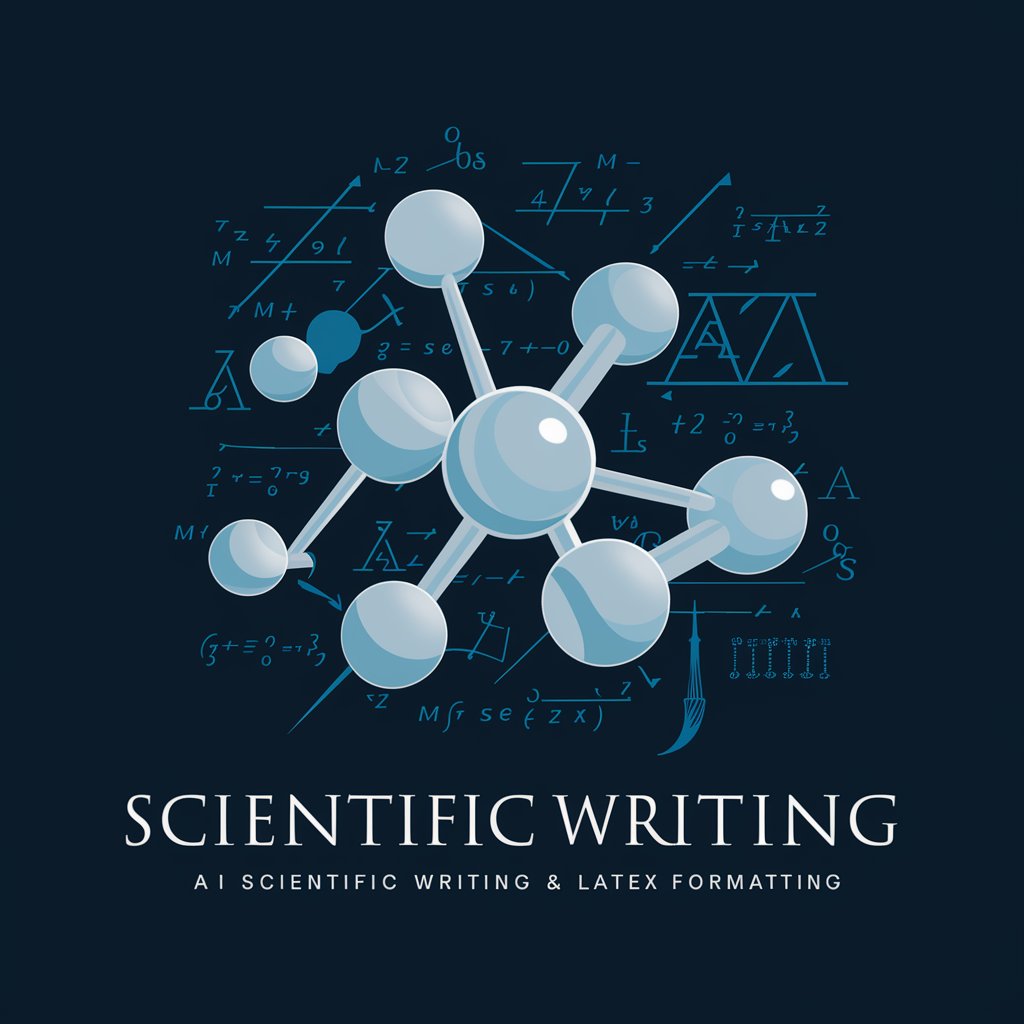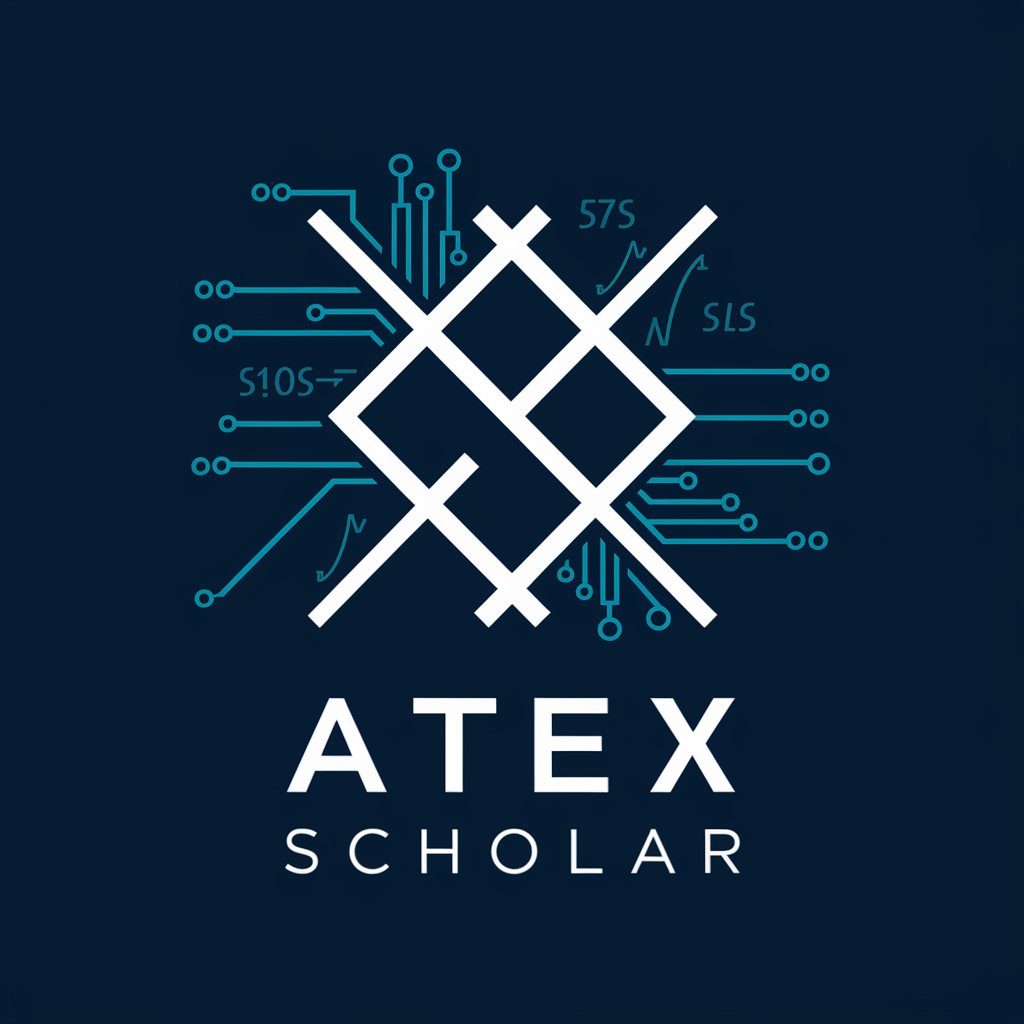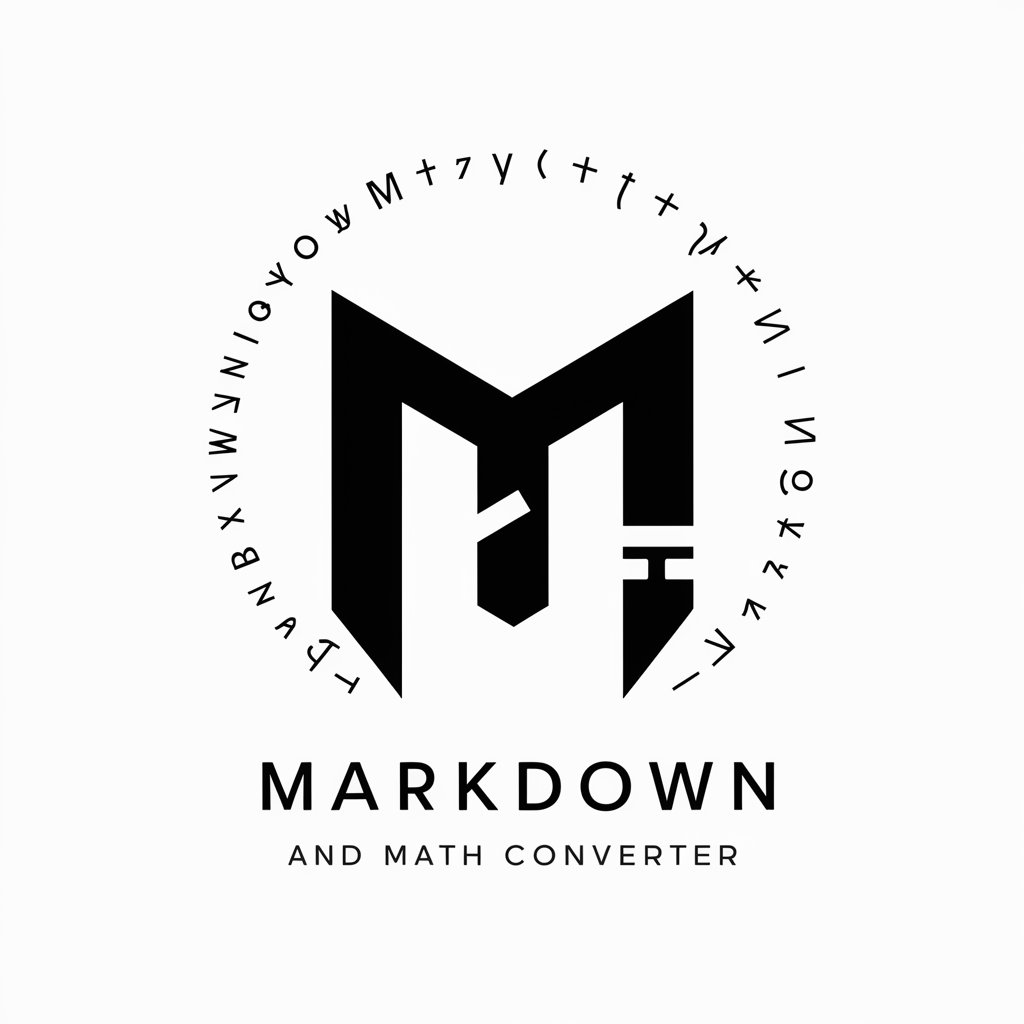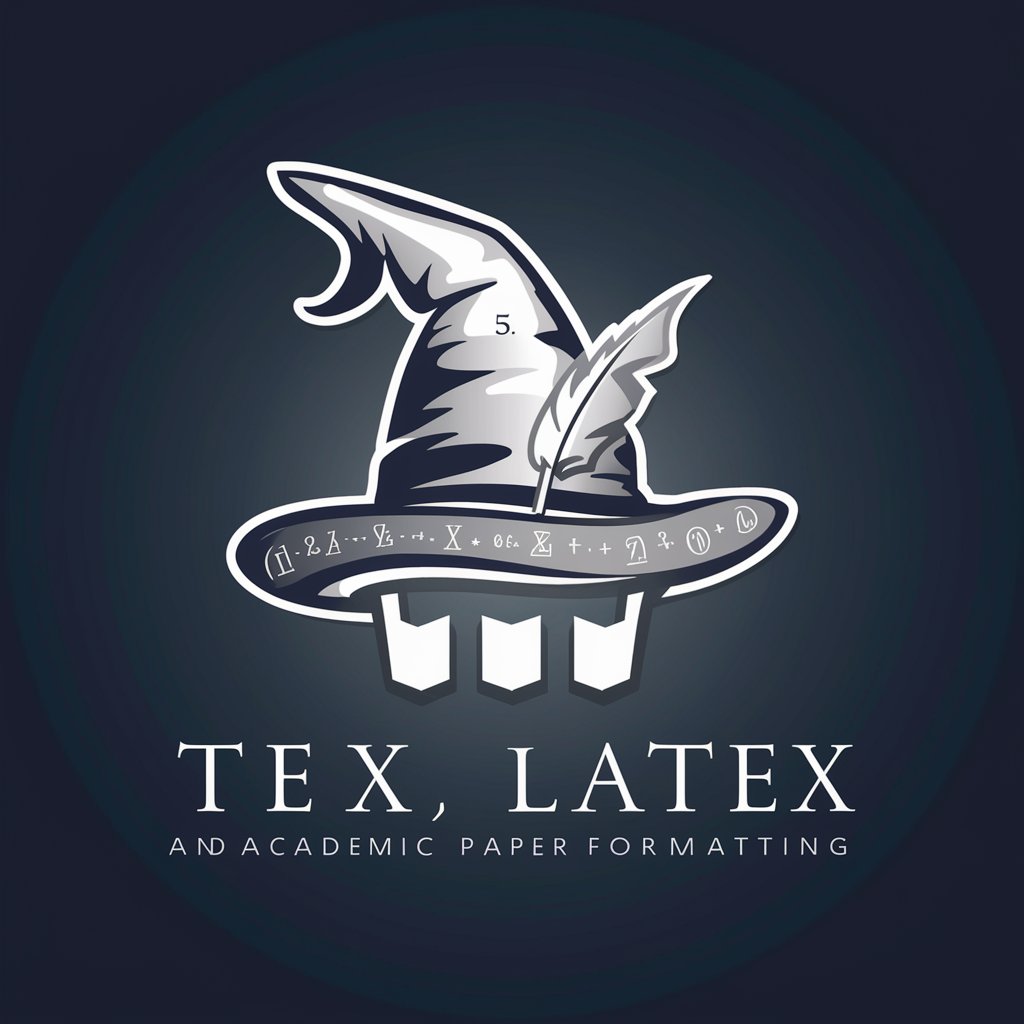6 GPTs for Equation Formatting Powered by AI for Free of 2025
AI GPTs for Equation Formatting are advanced artificial intelligence tools based on Generative Pre-trained Transformers designed to assist in creating, editing, and formatting mathematical equations. These tools leverage natural language processing to interpret complex mathematical instructions and convert them into properly formatted equations. They are crucial for educators, students, and professionals, offering tailored solutions for simplifying the creation and manipulation of mathematical content, ensuring accuracy and efficiency in documentation and presentation.
Top 5 GPTs for Equation Formatting are: LaTeX Helper,Scientific Writing with Latex,LaTeX Scholar,Markdown and Math Converter,Wizard of TeX
LaTeX Helper
Empowering Your LaTeX Projects with AI

Scientific Writing with Latex
Streamlining Scientific Writing with AI

LaTeX Scholar
Empowering your LaTeX documents with AI.

Markdown and Math Converter
Transform text and equations with AI

Wizard of TeX
Streamlining TeX with AI Expertise

Unique Capabilities in Equation Management
These GPTs tools stand out for their adaptability, allowing users to transition smoothly from simple arithmetic equations to complex mathematical functions. Key features include natural language understanding for equation interpretation, real-time formatting suggestions, and error detection. They also support integration with various document editors and can generate LaTeX code, enhancing their versatility. The inclusion of technical support, web searching, and data analysis capabilities further extend their utility, making them indispensable for anyone dealing with mathematical content.
Who Benefits from Equation Formatting Tools
AI GPTs for Equation Formatting cater to a wide audience, including mathematics students, educators, researchers, and professionals in fields requiring precise equation handling, such as engineering and physics. These tools are accessible to novices, thanks to intuitive interfaces, while offering advanced features for developers and professionals who require more control and customization options. Their versatility makes them suitable for both educational purposes and professional applications, streamlining the process of dealing with complex mathematical formulas.
Try Our other AI GPTs tools for Free
LaTeX Editing
Explore AI-driven LaTeX Editing tools designed to simplify document creation and formatting. Perfect for academics and professionals, these tools enhance productivity and precision.
Game Puzzles
Discover how AI GPTs for Game Puzzles revolutionize puzzle creation and solving, offering dynamic, intelligent solutions for developers, educators, and enthusiasts alike.
Challenge Assistance
Discover how AI GPTs for Challenge Assistance leverage Generative Pre-trained Transformers to provide tailored, efficient solutions across diverse fields, enhancing productivity and problem-solving capabilities.
Cryptic Hints
Discover AI GPTs for Cryptic Hints: your solution for generating and solving complex, coded messages with ease and precision.
Gaming Guidance
Discover how AI GPTs revolutionize gaming with personalized guidance, development support, and strategic insights, making advanced gaming assistance accessible to all.
Knowledge Test
Discover how AI GPTs for Knowledge Test can transform learning and assessment with personalized, adaptable tools designed for educators, students, and professionals.
Expanding Horizons with AI in Equation Formatting
AI GPTs for Equation Formatting are revolutionizing how we approach mathematical equations, offering customized solutions across various sectors. Their user-friendly interfaces facilitate easy integration into existing systems or workflows, making them a versatile choice for enhancing productivity and accuracy in mathematical documentation and education. As technology evolves, these tools continue to offer innovative features, further broadening their applicability and utility in the field.
Frequently Asked Questions
What exactly are AI GPTs for Equation Formatting?
They are AI-driven tools that utilize Generative Pre-trained Transformers to assist in creating, editing, and formatting mathematical equations through natural language processing.
How do these tools understand complex equations?
They leverage advanced NLP algorithms to interpret the user's natural language inputs and convert them into accurately formatted mathematical equations.
Can I integrate these tools with my current document editor?
Yes, many GPTs for Equation Formatting offer integration capabilities with popular document editors, facilitating seamless workflow.
Are there customization options available for advanced users?
Absolutely, these tools provide various customization options for users with programming knowledge, allowing for tailored functionalities according to specific needs.
Do these tools support LaTeX?
Yes, they can generate LaTeX code for equations, making them highly useful for academic writing and publication.
Is there a learning curve associated with these tools?
While there is a minimal learning curve, these tools are designed with user-friendly interfaces, making them accessible to users at all levels.
How do these tools improve the accuracy of equation formatting?
By using AI to detect and correct errors in real-time, these tools ensure high levels of accuracy in mathematical documentation.
Can these tools help in learning and teaching mathematics?
Yes, by simplifying equation formatting and interpretation, they serve as valuable aids in both learning and teaching environments.